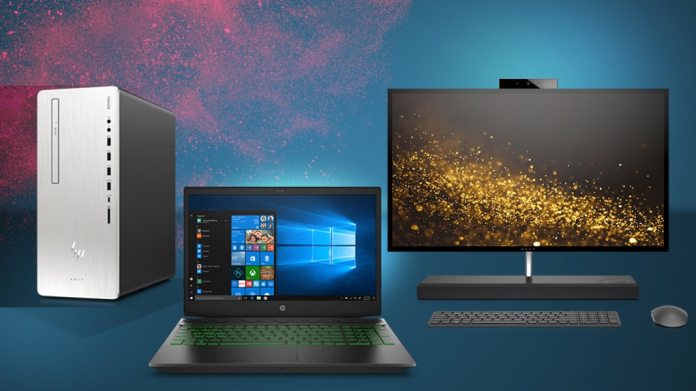Back last month, Microsoft announced a new update to its Windows Virtual Desktop (WVD). This was a spring refresh that added plenty of interesting new tools to the app. However, one important new tool that Microsoft had promised was not on board: MSIX App Attach.
Unfortunately, Microsoft offered no explanation why the feature was missing. Luckily, we haven't needed to wait long as MSIX App Attach is now available in public preview. Microsoft brought the tool to Windows Virtual Desktop through the Windows 10 May 2020 Update for Enterprise.
MSIX App Attach is an interesting feature because it allows users to avoid maintenance across multiple master images across applications. It also allows the ability to place all virtualized apps into a single image.
Because applications are stored outside a virtual machine, making it easier to access when a user wants to use it. Microsoft says MSIX App Attach provides an improved experience compared to normal app streaming. In fact, the company wants the tool to play a vital role in its ongoing push to separate data and apps from the OS.
Abilities
In a 2019 blog post, Microsoft detailed some of the benefits of MSIX App Attach:
- “Package existing Windows apps. Use the MSIX Packaging Tool to create an MSIX package for any Windows app, old or new. The MSIX packaging tool streamlines the packaging experience, offering an interactive user interface or command line to convert and package Windows apps.
- Install MSIX app packages. Use App Installer to install or update any MSIX app package that is locally available or on any content distribution network.
- Apply run time fixes to packaged apps. The Package Support Framework is an open source kit that helps you apply fixes to your existing desktop app when you don't have access to the source code, so that it can run in an MSIX container.
- Use MSIX anywhere. With the open source MSIX SDK, MSIX packages are more versatile, and platform independent. The SDK provides all of the APIs needed to verify, validate, and unpack an app package on any platform, including Windows 10 and non-Windows 10 platforms.”






